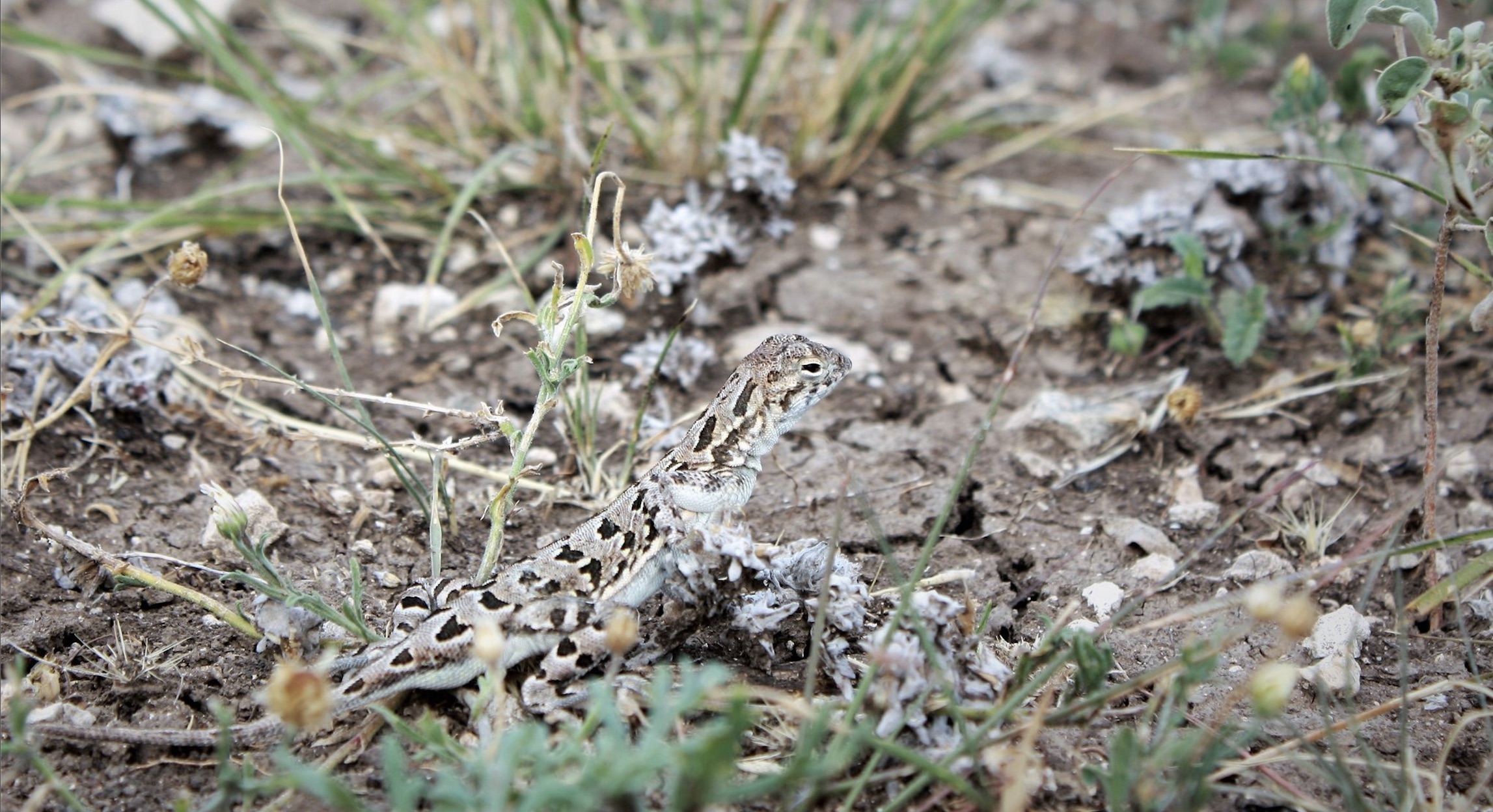ALBUQUERQUE, NM —Research revealed recently that there are now thriving populations of the Plateau spot-tailed earless lizard across its historical range in the Edwards Plateau region of Central and West Texas. As a result of these findings, the U.S. Fish and Wildlife Service has announced a 12-month finding that the lizard will not be listed under the Endangered Species Act (ESA).

Plateau Spot-tailed Earless Lizard
(Credit: U.S. Fish and Wildlife Service)
The U.S. Fish and Wildlife Service reported that Jeff Fleming, the Service’s Acting Southwest Regional Director, expressed excitement about the positive news. “We are thrilled to announce that the Plateau spot-tailed earless lizard’s population is healthy and does not require protection under the ESA,” Fleming said. “This outcome is a testament to the dedicated efforts of researchers and conservation partners who have tirelessly gathered crucial data on this species, enabling informed decisions about its conservation status."
This determination aligns with a growing trend in Texas where species, such as the Plains spotted skunk in 2023 and the desert Massasauga in 2020, have avoided ESA protection due to extensive scientific research and proactive conservation efforts.
This study will be great news to several oil and gas companies across West Texas who want to expand fracking and sand mining operations. Certain areas primed for expansion in West Texas were shut down over the last few years due to wildlife conservation efforts to bring the previously endangered Plateau spot-tailed earless lizard back from the brink.
Across the Southwest, 58 other fish, wildlife, and plant species have similarly avoided ESA listing, showcasing the success of collaborative efforts involving federal agencies, states, Tribes, and private landowners. The ESA serves as a catalyst for conservation initiatives aimed at protecting at-risk species and their habitat.
The Plateau spot-tailed earless lizard, a small, spotted lizard found in grasslands on the Edwards Plateau, was initially considered for ESA protection in 2010 due to concerns about its declining population. The lack of research at that time made it challenging to assess the lizard's true condition.
Generous funding from The Texas Comptroller's Office and the Texas Parks and Wildlife Department enabled university researchers to conduct extensive surveys, documenting the genetics, habitat needs, and land use of the lizard. This information was instrumental in drafting the Service’s peer-reviewed Species Status Assessment, which revealed that despite facing various stressors, the species maintains multiple resilient populations distributed across its historical range.
Michael Warriner, Supervisory Fish and Wildlife Biologist with the Austin Ecological Services Field Office emphasized the significance of scientific research in conservation decisions, stating, “This is a prime example of how sound scientific research can guide effective conservation decisions. Through rigorous research and monitoring conducted by universities in Texas, we gained a deeper understanding of this species and its population dynamics, ultimately finding that it is not in danger of extinction.”
Additionally, the research highlighted the distinction between the Plateau spot-tailed earless lizard and the Tamaulipan spot-tailed earless lizard, previously considered a subspecies. The Tamaulipan spot-tailed earless lizard is now set to be evaluated for a 12-month finding under the Service’s Fiscal Year 2023-2027 National Domestic Listing Workplan.
The U.S. Fish and Wildlife Service remains committed to collaborative conservation, transparency, and ensuring that ESA findings are science-driven. The Service worked closely with diverse stakeholders, including the Texas Comptroller’s Office, Texas Parks and Wildlife Department, Texas Tech University, University of Texas at Austin, University of Texas at Arlington, Texas A&M University–College Station, Texas A&M University–Kingsville, The Nature Conservancy, and others.
Subscribe to the LIVE! Daily
Required






Post a comment to this article here: